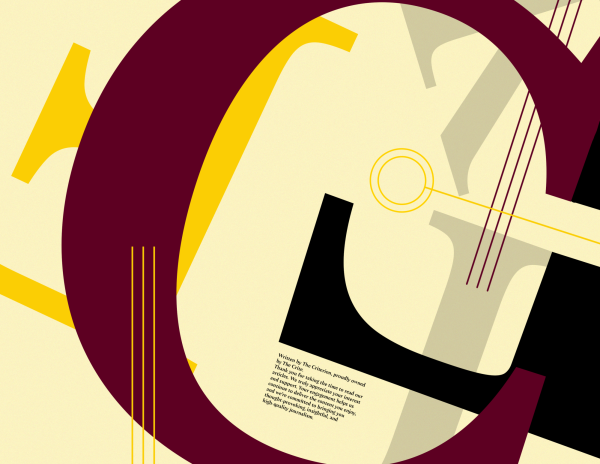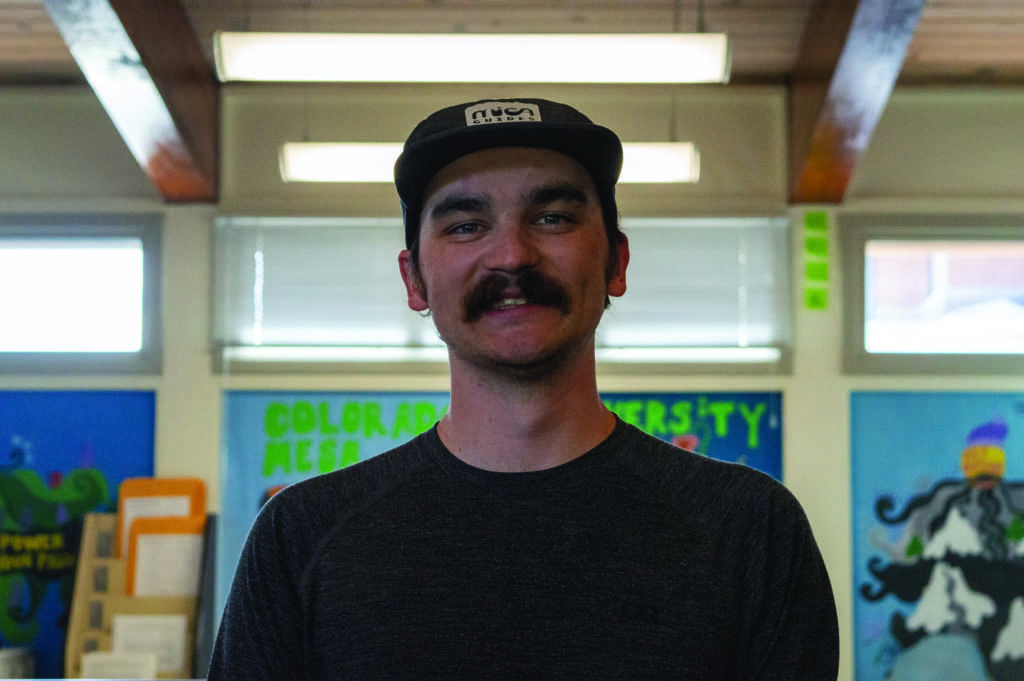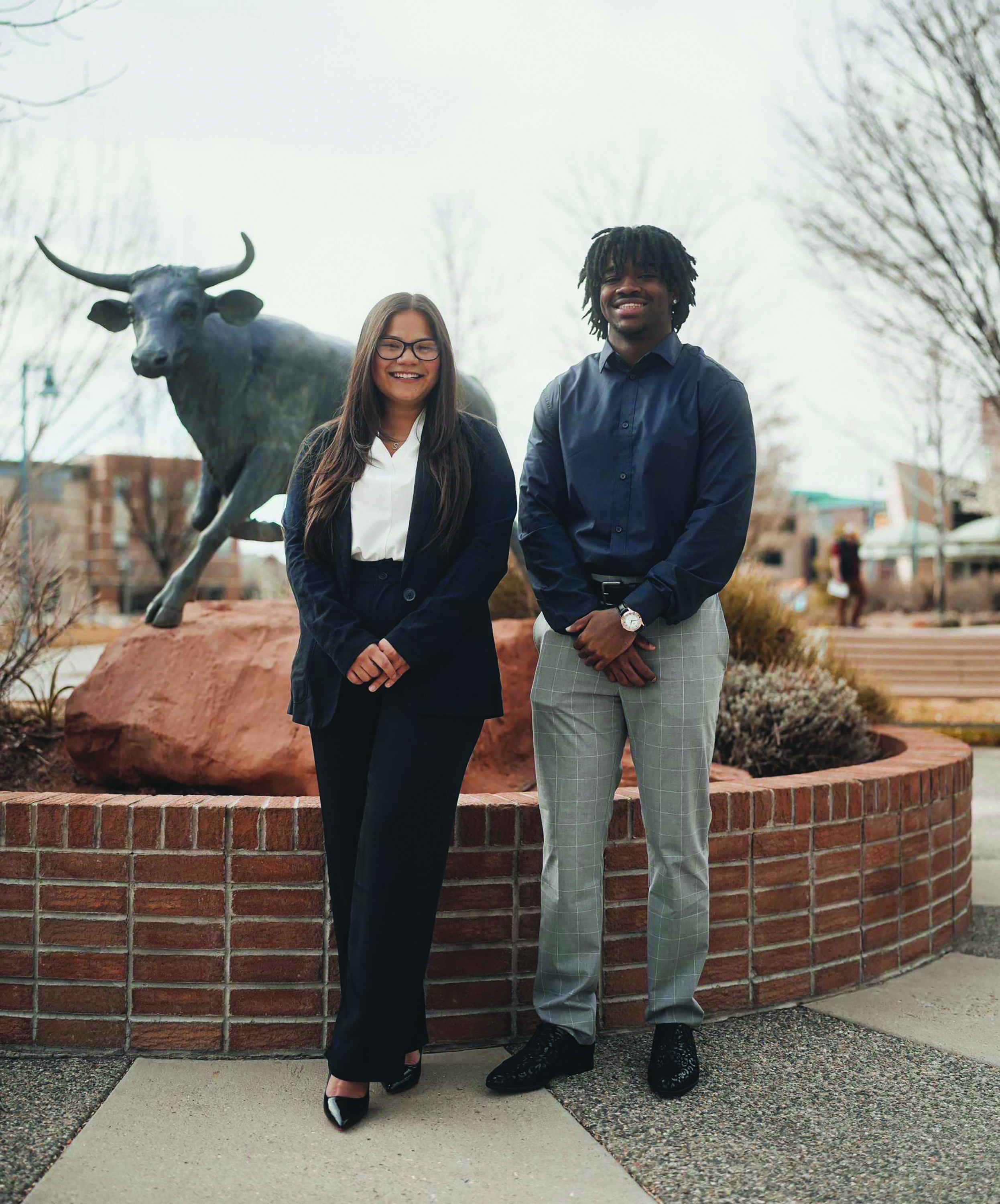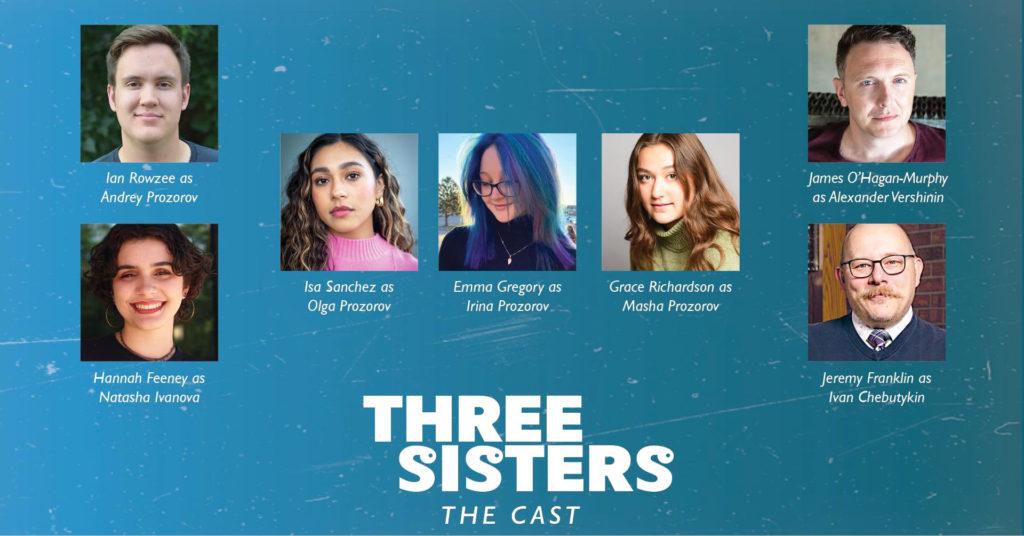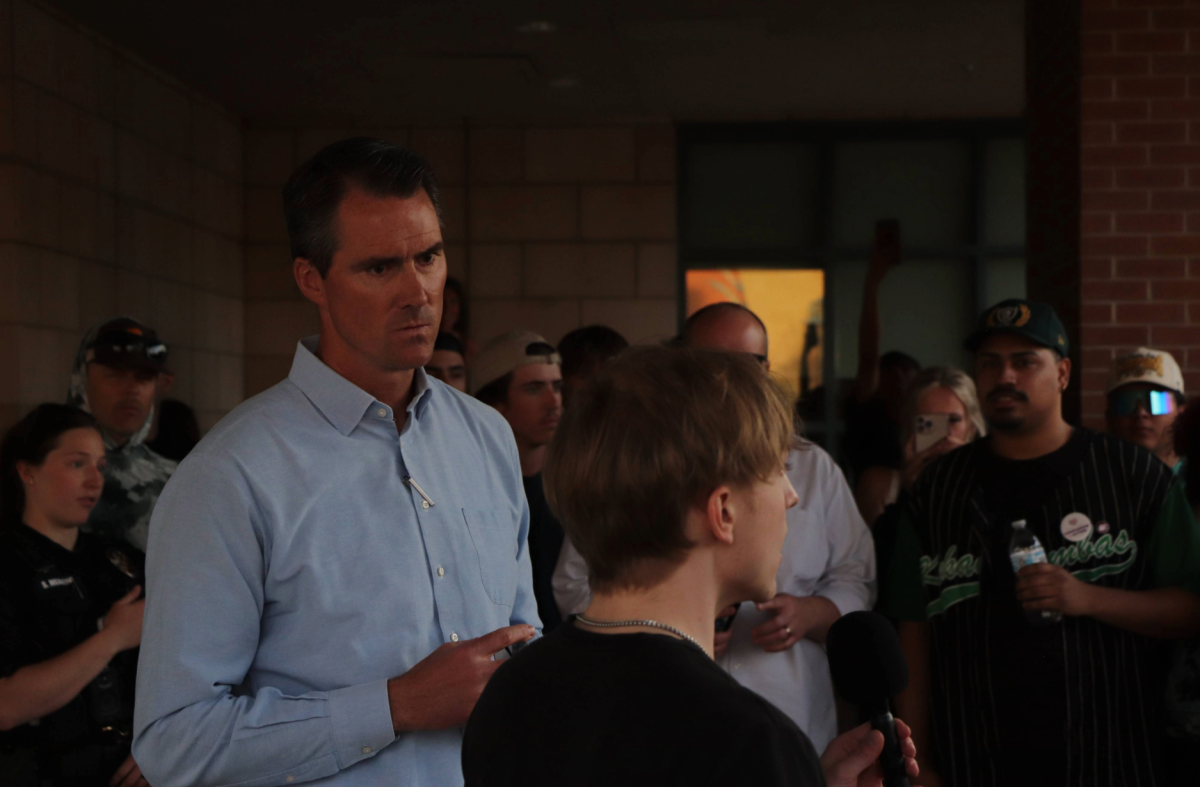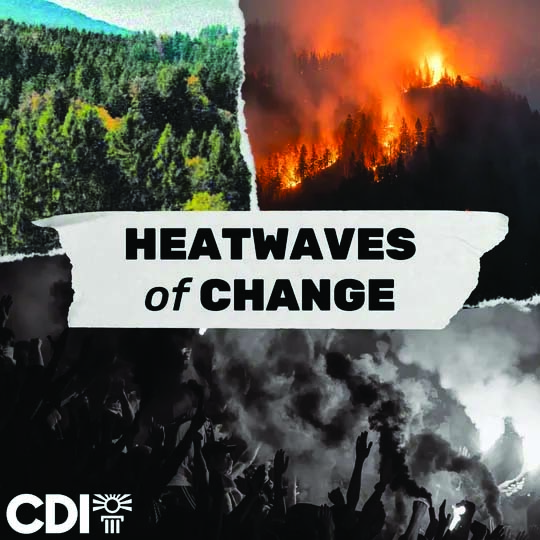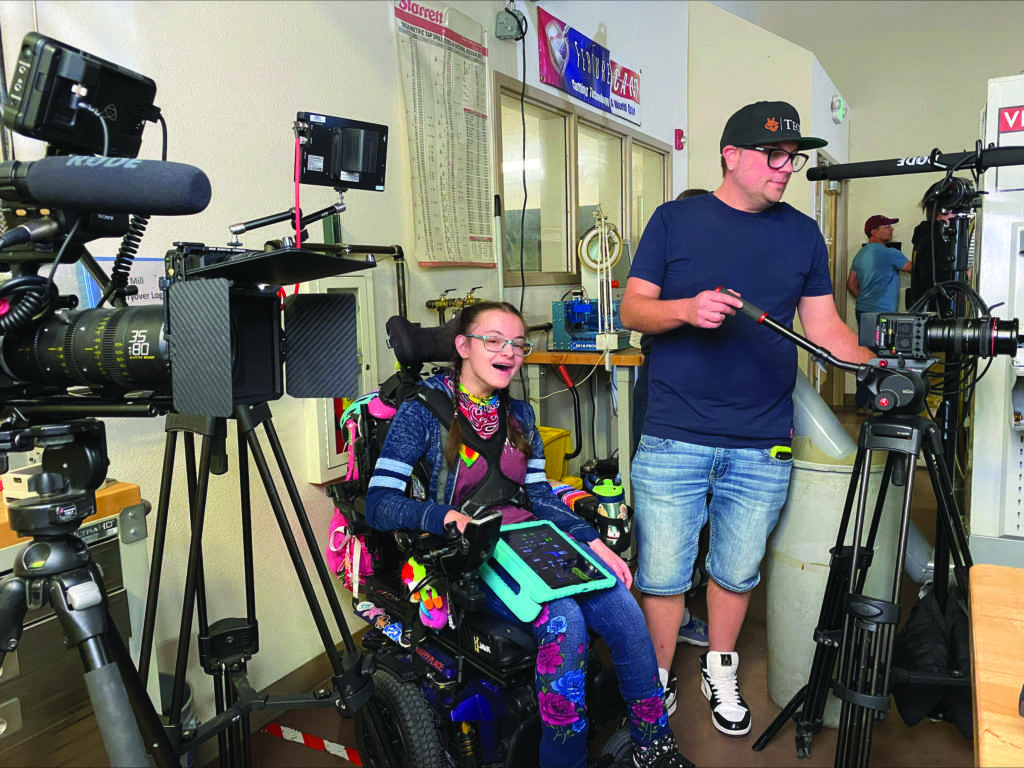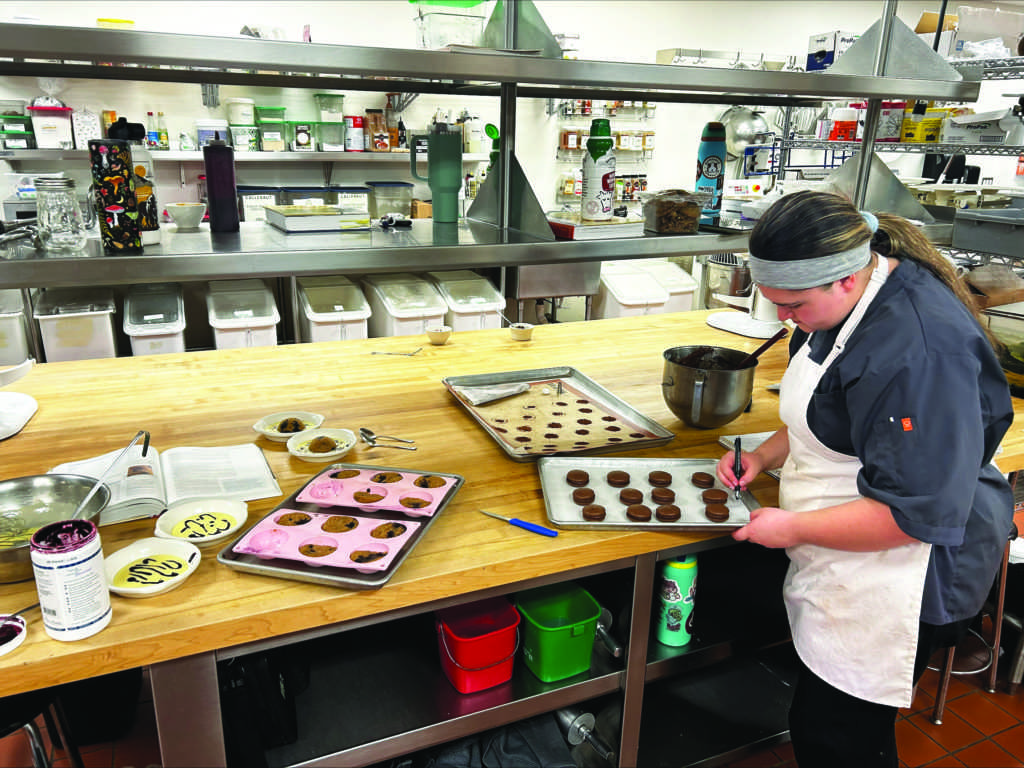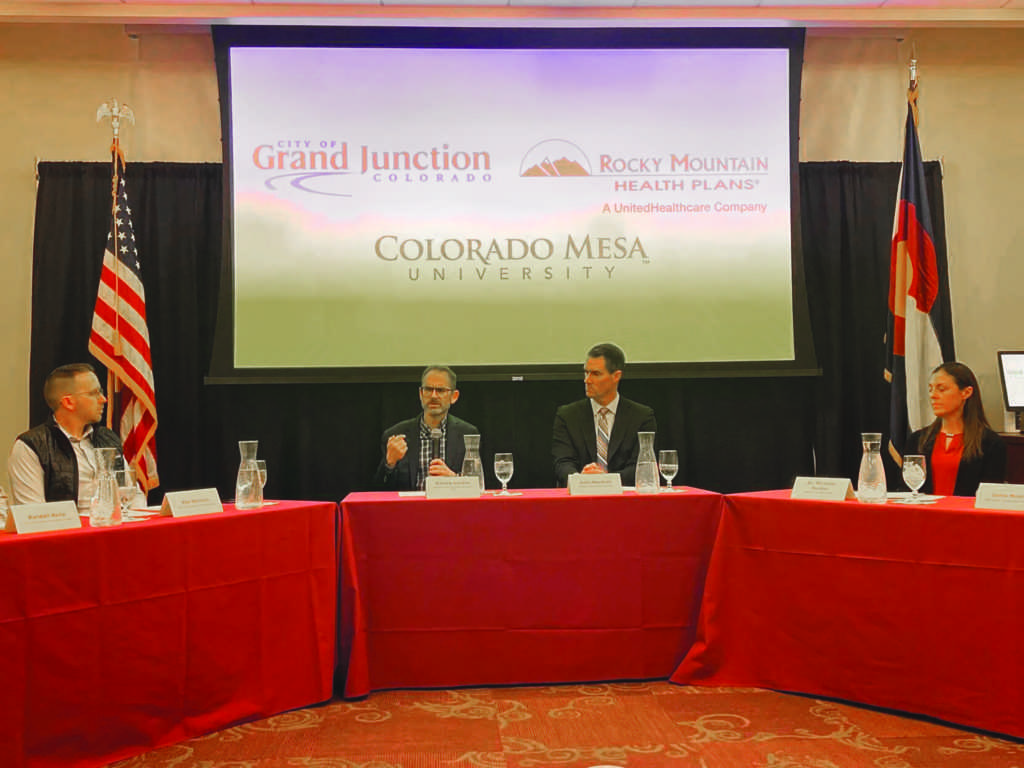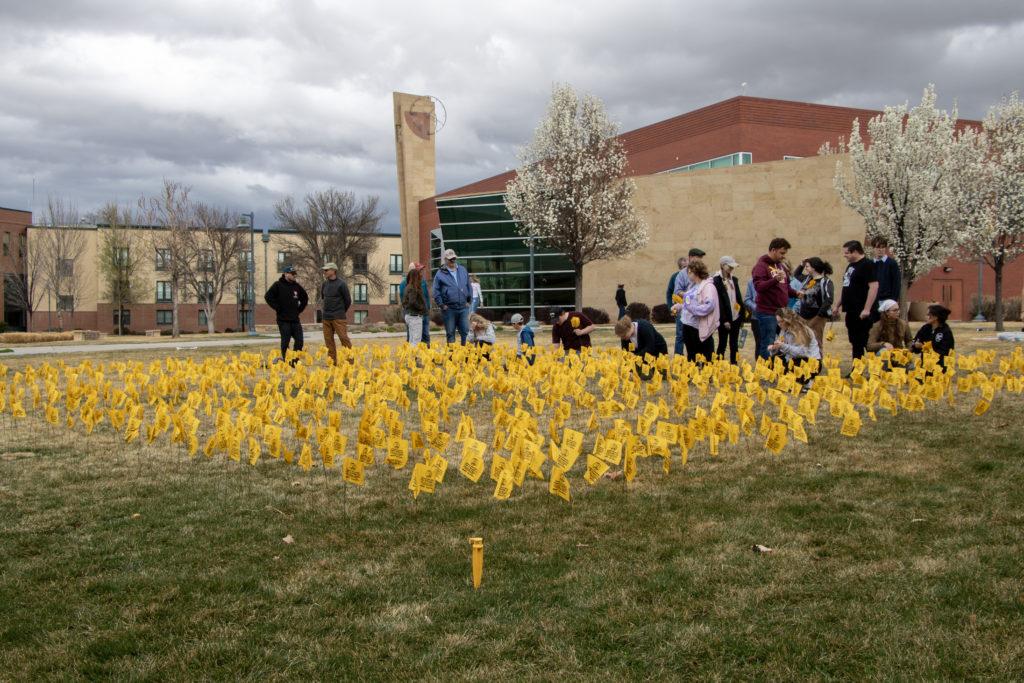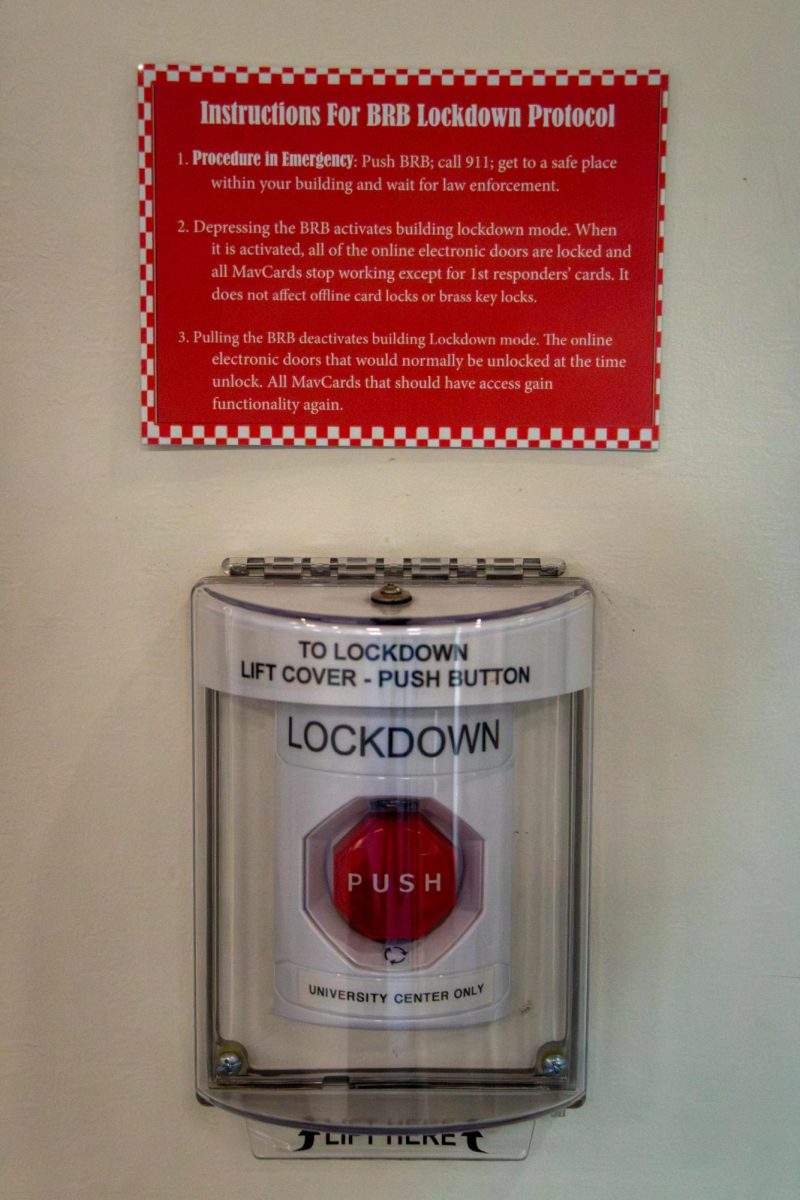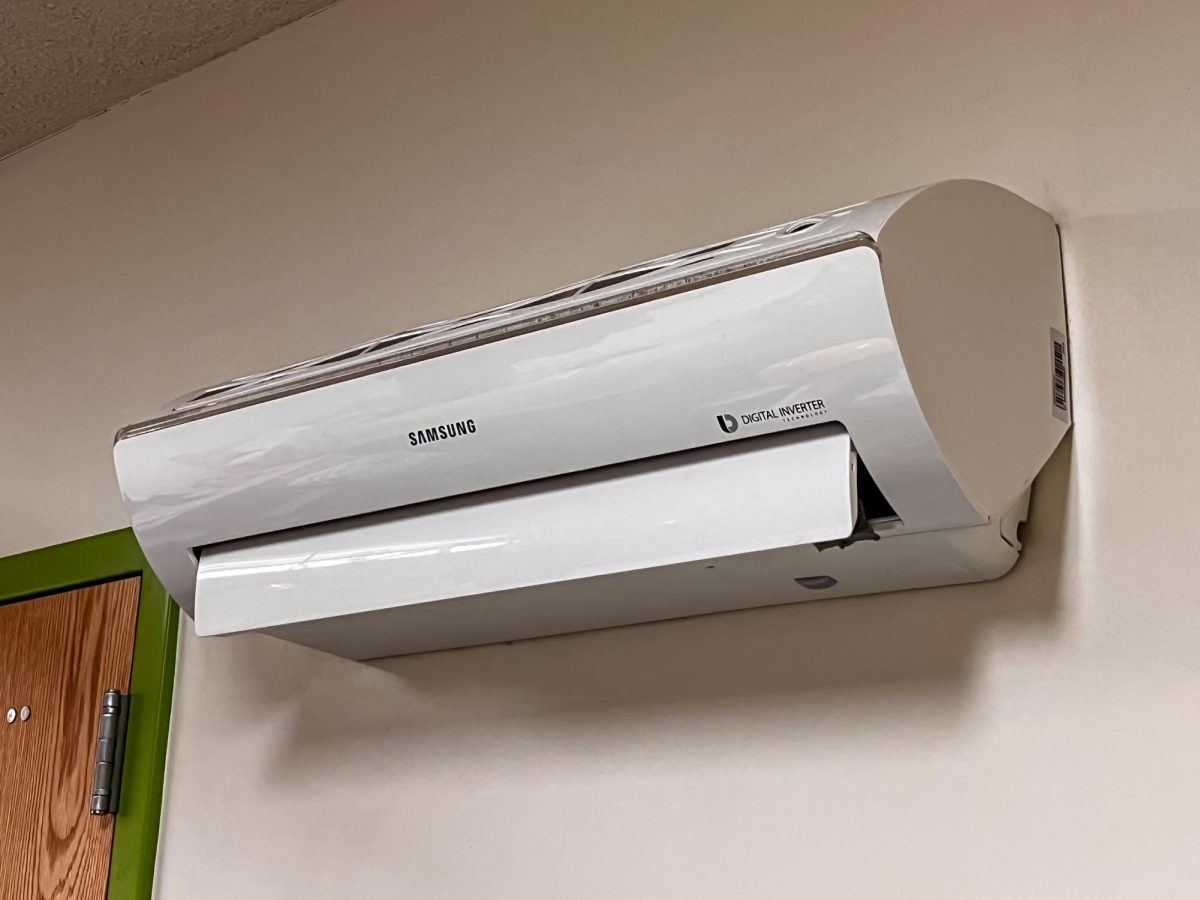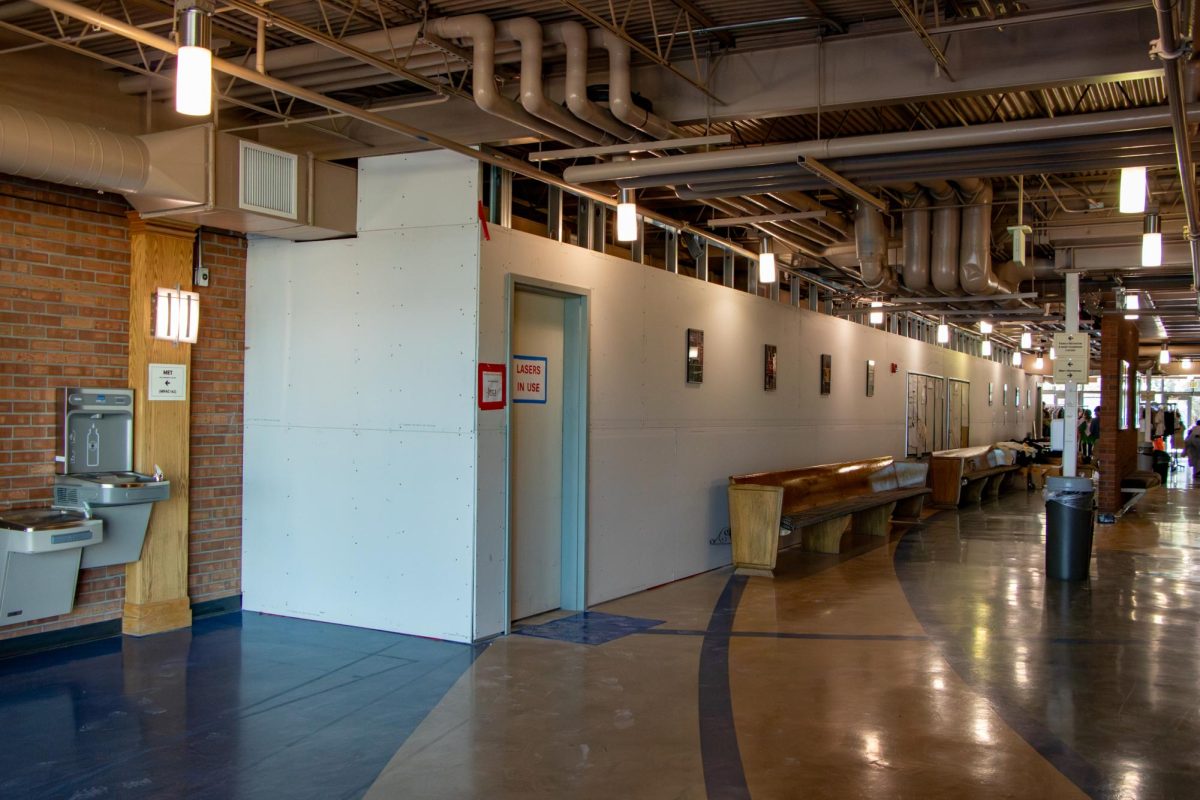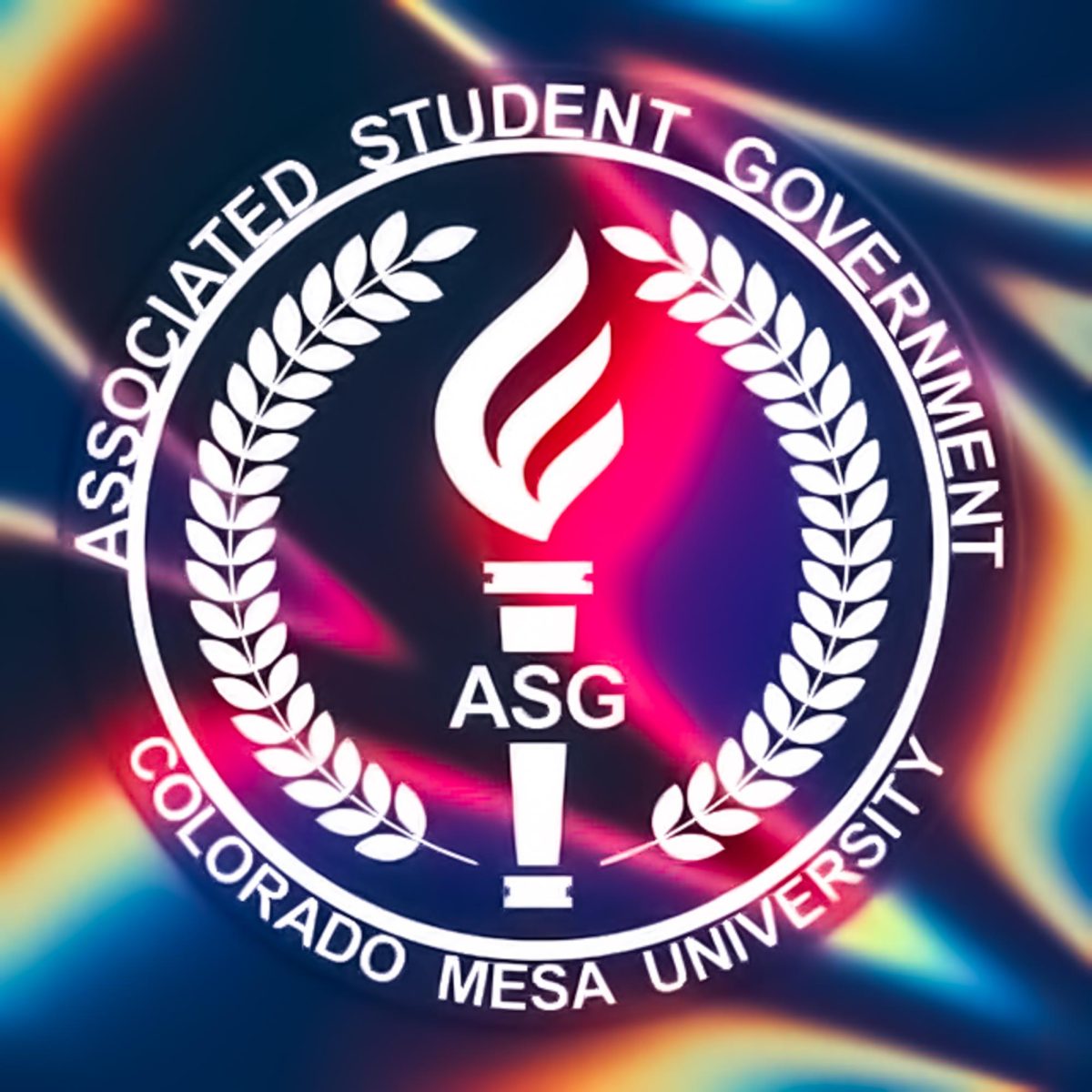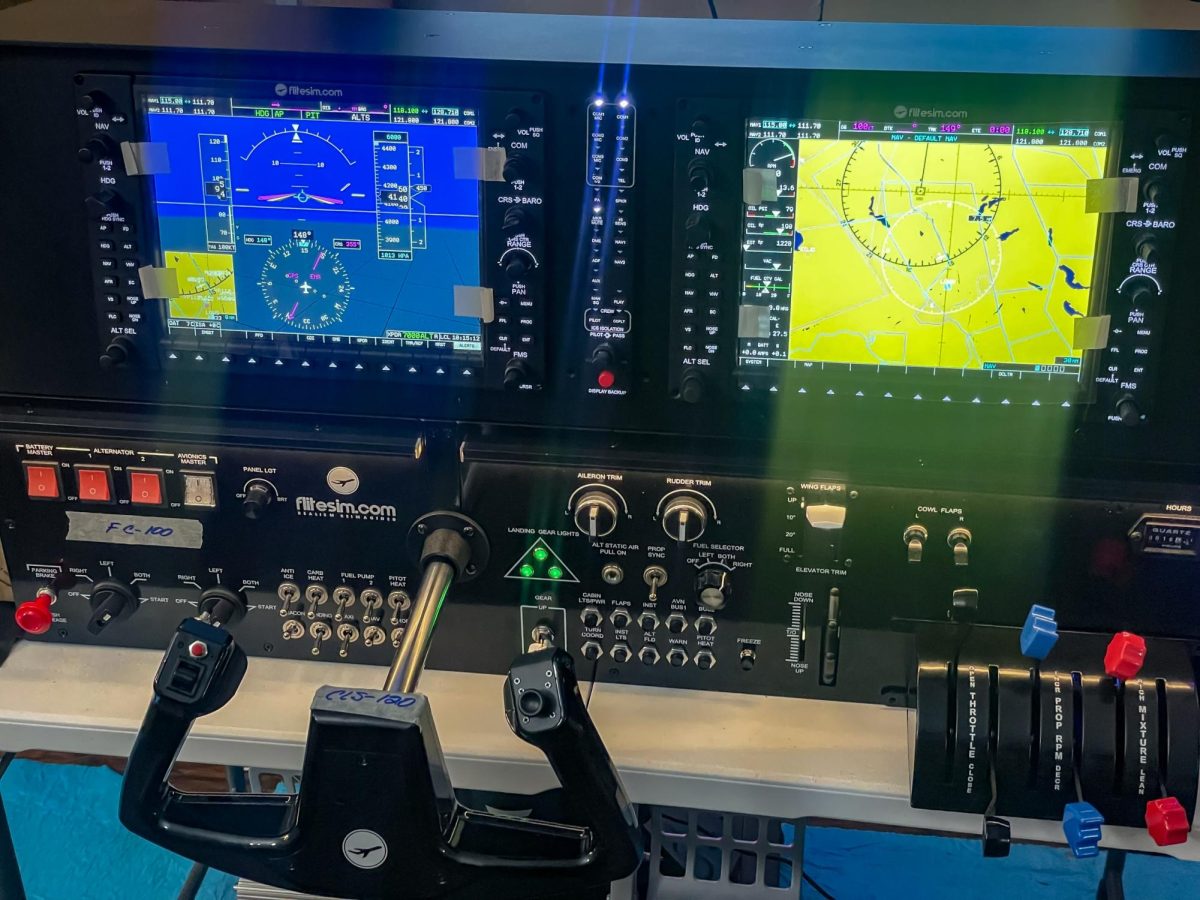Colorado Mesa University (CMU) is one of many universities testing a design to keep campus safe during COVID-19 by sampling CMU’s wastewater.
Civil Engineering professor Dr. Kari Sholtes paved the way for this project by leading, designing and implementing the sampling plan which is currently in its pilot phase.
As of Aug. 28, the samplers were put in the ground to start collecting samples throughout the weekend. Of the four sampling sites, only two were used (collecting samples from Monument, Mary Rait, Walnut Ridge, Tolman and Pinon) on the first weekend with the intention of using all four sampling sites by the end of the following week.

Once five gallons of water is collected over a 24-hour period, the samples are sent to a lab in Fort Collins to be tested for COVID-19.
It is important to note that in this project, there are no failures; all data collected is used to monitor trends and interpret them. This includes sorting out which positives are from students who are still recovering, because COVID-19 can still come out of the human body after no longer being sick and infectious.
The Civil Engineering Club, advised by Dr. Ulises Techera, built the boxes which house the pump collecting the wastewater. The design of these boxes is crucial because it keeps the whole system and surrounding people safe, in addition, it facilitates the entire experiment. It is also important that the box is insulated so that it doesn’t freeze during the winter and because COVID-19 degrades in higher temperatures.
The wastewater sampler was constructed by a group of students from CMU’s Engineers Without Borders (EWB) student chapter which is advised by Assistant Professor of Electrical and Computer Engineering and EWB advisor Dr. Michelle Mellenthin. The wastewater sampler, according to Mellenthin, consists of a whole jerry can to hold wastewater, a battery-powered pump, and then an actual tubing that is thread into the sewer.

Evan Lavin, Bryn Loftness, and Zachary Winemiller installing the sampler.
This design initially came from the University of Colorado Boulder. CMU’s EWB students then worked to optimize the design for CMU’s needs and conditions. For example, the strainer (which sucks up the water from the sewer) design from CU Boulder did not effectively prevent toilet paper from getting stuck or sucked into the jerry can. Students from EWB then redesigned this and tested multiple prototypes before finding the best strainer type.
Now that the wastewater samplers are in place, Dr. Sholtes said that the plan is to have all four sites sampling twice a week for at least a month. The number of sampling sites will expand close to December, and then there will be full implementation next year. If there is not enough funding for this to take place, the current four sampling sites will be used for the remainder of the school year.
“The goal is if we can get this equipment in house, then we can serve the whole community and we can help serve the school district and businesses and the municipality,” Dr. Sholtes said.




